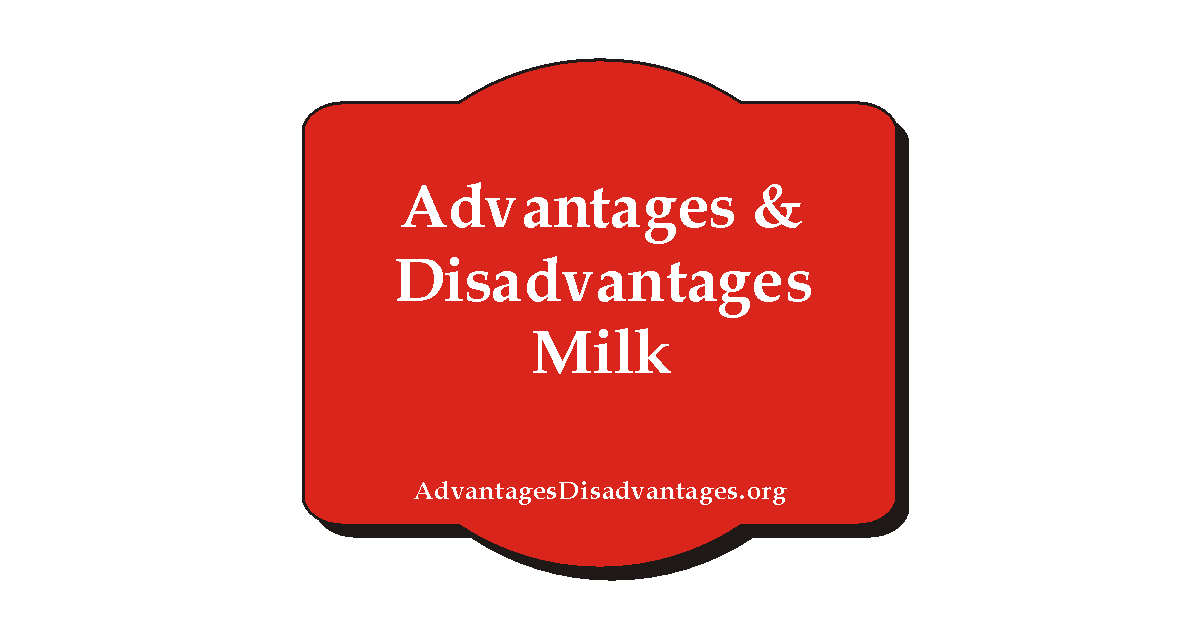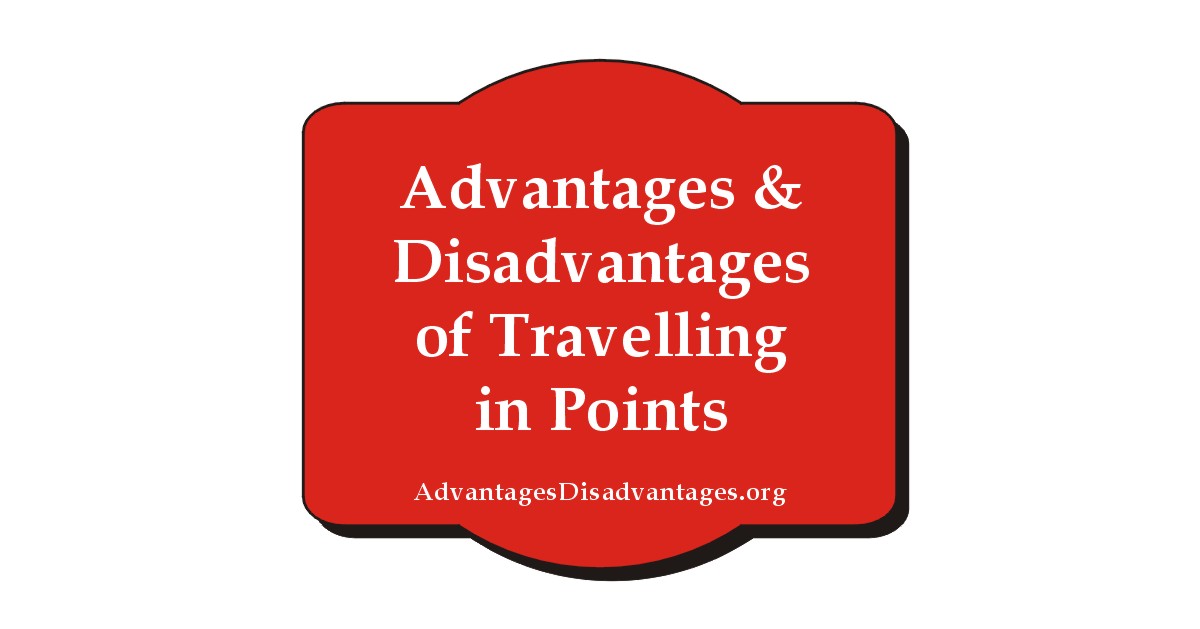Business
Pros and Cons of Mobile Scaffolding

In the dynamic landscape of New Zealand construction, mobile scaffolding has emerged as a versatile solution for working at heights. Its ability to adapt to different job site conditions has made it a popular choice, but as with any tool, it comes with its own set of advantages and drawbacks. Let’s explore pros and cons of mobile scaffolding in the unique context of Auckland.
Table of Contents
What is Mobile Scaffolding?
Mobile scaffolding is a versatile and portable structure used in construction, allowing workers to access elevated areas with ease. Consisting of a framework on wheels, it can be quickly moved to different locations on a job site.
The system typically includes platforms, guardrails, and other safety features to provide a secure working environment. Its adaptability makes it suitable for various tasks, enhancing efficiency and reducing setup time.
The inclusion of ‘Scaffolding Auckland‘ emphasizes its relevance to the construction landscape in Auckland, where the need for flexible and secure elevated access is met through this portable solution.
Pros of Mobile Scaffolding
Versatility:
- Mobile scaffolding’s adaptability shines in projects with diverse work areas. The ease of moving the structure allows for seamless transitions between different sections of a construction site.
Time and Labor Efficiency:
- Quick assembly and disassembly translate to significant time savings. With less time spent on setup and dismantling, workers can focus more on the essential tasks at hand, boosting overall productivity.
Cost-Effectiveness:
- The flexibility of mobile scaffolding can be a cost-effective solution for projects with changing requirements. Its versatility eliminates the need for multiple structures, ultimately reducing overall costs.
Enhanced Safety:
- Engineered with safety features such as guardrails and stable platforms, mobile scaffolding provides a secure working environment. Workers can confidently move the scaffolding to desired locations without compromising safety standards.
Accessibility:
- The mobility of scaffolding facilitates easy access to different parts of a structure. This proves advantageous in construction projects with intricate architectural designs or irregular shapes.
Adaptation to Varied Terrains:
- Mobile scaffolding, when equipped with robust wheels, can adapt to a range of terrains. This feature is particularly valuable in construction sites where the ground may be uneven or have varying surfaces.
Cons of Mobile Scaffolding
Height Limitations:
- Mobile scaffolding may not be the optimal solution for projects requiring extreme heights. In such cases, traditional scaffolding systems designed for greater height may be more suitable.
Weight Restrictions:
- The weight limitations of mobile scaffolding could pose challenges for heavy-duty construction tasks. Adhering to these restrictions is crucial to maintaining the stability and safety of the structure.
Surface Requirements:
- Stability during setup relies on a flat and stable surface. Construction sites with uneven or soft ground may present challenges, limiting the practicality of mobile scaffolding in certain environments.
Limited Load Capacity:
- Mobile scaffolding generally has a lower load capacity compared to fixed scaffolding systems. Careful consideration is needed, especially when dealing with heavy materials or equipment that need to be transported or stored on the platform.
Conclusion
Mobile scaffolding is undeniably a valuable asset in the New Zealand construction sector. By weighing these six pros and four cons, construction professionals can make informed decisions, ensuring that mobile scaffolding is applied where its advantages shine, and potential drawbacks are mitigated for the successful execution of projects.

-

 Health6 years ago
Health6 years agoAdvantages and Disadvantages of Milk
-

 Tech4 years ago
Tech4 years ago6 Tips to Improving E-Commerce Websites
-

 Home6 years ago
Home6 years agoAdvantages and Disadvantages of Village Life in Points
-

 Travel5 years ago
Travel5 years agoAdvantages and Disadvantage of Travelling
-

 Sports4 years ago
Sports4 years agoThe benefits of playing an online live casino
-

 Tech6 years ago
Tech6 years ago10+ Advantages and Disadvantages of Mobile Phones in Points
-

 Tech5 years ago
Tech5 years agoEssay on Advantages and Disadvantages of Offline Shopping
-

 Tech5 years ago
Tech5 years ago8+ Advantages and Disadvantages of Motorcycle |Having Bike